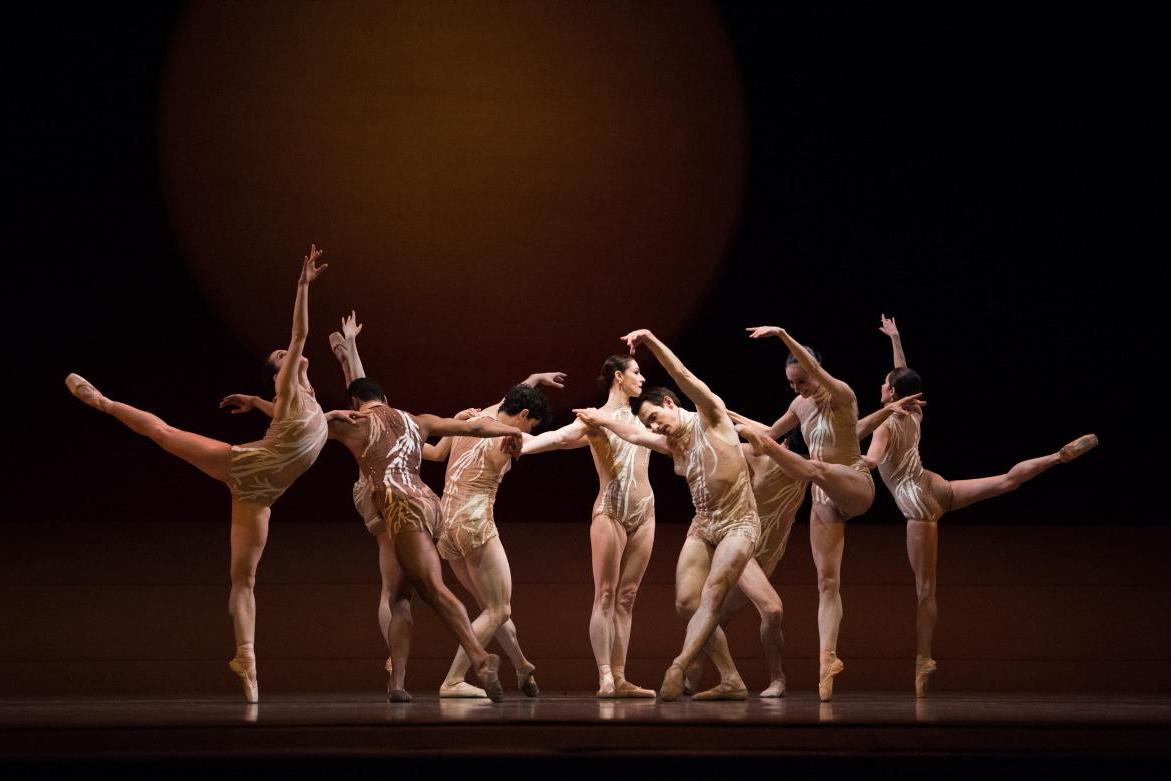San Francisco Ballet, Sadler’s Wells, review: Sunny, athletic and assured
A mix of fresh dance invention, particularly in gorgeous work for the corps de ballet, and thoughtful exploration

Your support helps us to tell the story
From reproductive rights to climate change to Big Tech, The Independent is on the ground when the story is developing. Whether it's investigating the financials of Elon Musk's pro-Trump PAC or producing our latest documentary, 'The A Word', which shines a light on the American women fighting for reproductive rights, we know how important it is to parse out the facts from the messaging.
At such a critical moment in US history, we need reporters on the ground. Your donation allows us to keep sending journalists to speak to both sides of the story.
The Independent is trusted by Americans across the entire political spectrum. And unlike many other quality news outlets, we choose not to lock Americans out of our reporting and analysis with paywalls. We believe quality journalism should be available to everyone, paid for by those who can afford it.
Your support makes all the difference.San Francisco Ballet breeze into town with an overflowing pack of goodies. In an art form where new work is too rare, here are four programmes of UK premieres, with themes from Björk to Edith Wharton. Then there’s the appeal of the company itself: sunny, athletic and assured. And, to kick things off, the season opens with a major new work in Alexei Ratmansky’s Shostakovich Trilogy.
It’s a trio of standalone ballets, all to Shostakovich concert scores, with shifting moods but linked themes and motifs. You can watch them in the moment, or follow threads from one to the next: the melancholy drama of the central Chamber Symphony has roots in the giddy bravura of the opening Symphony #9, and lends shadows to the bright finale of Piano Concerto #1. Throughout, there’s a mix of fresh dance invention, particularly in gorgeous work for the corps de ballet, and thoughtful exploration.
Born in Russia, but now based in the US, Ratmansky has a fascination with ballet’s past. Alongside his own choreography, he’s staged devoted revivals of 19th-century ballets, and new interpretations of 20th-century works, including his adorable version of The Bright Stream, a Shostakovich ballet that was denounced by the authorities.
He returns to both the upbeat and the dangerous sides of Shostakovich here. Symphony #9, created in 2012, is a joyful, plotless work that develops hints of darkness. A backdrop by George Tsypin shows heroic figures from a Soviet parade, underlining an edge of patriotic display in the fresh, virtuosic dancing. Five soloists weave in and out of eight supporting couples, with sleek, Balanchine-influenced attack and unexpected accents.
Men and women will suddenly dive sideways into the arms of their companions. Wei Wang performs a series of crisp entrechat jumps – then uses them to edge sideways, until they become a low-key spectacular exit. Yet there are moments of collapse, dancers, folding to the floor, out of wariness. When couples look around, is that a flirty “I think we’re alone now” or a fear of surveillance?
The fears are most explicit in Chamber Symphony. Ulrik Birkkjaer’s poet figure, in a suit with no shirt, moves through an oppressive, dreamlike landscape. The corps de ballet form wonderful friezes, then whisk themselves away. Three women appear as lovers or muses, but cannot stay. It’s a work that could benefit from bolder individual performances, but Ratmansky creates fascinating moods.
We're back to the parade for Piano Concerto #1. Red symbolic stars, hammers and shapes hang overhead, while dancers flit and whiz through sharp, speedy steps. Keso Dekker dresses the corps in bicolour unitards – grey on the front, red on the back – which highlight their whirring turns, and the pin-sharp clarity of Ratmansky’s floor patterns.
Until 8 June. Box office 020 7863 8000
Join our commenting forum
Join thought-provoking conversations, follow other Independent readers and see their replies
Comments